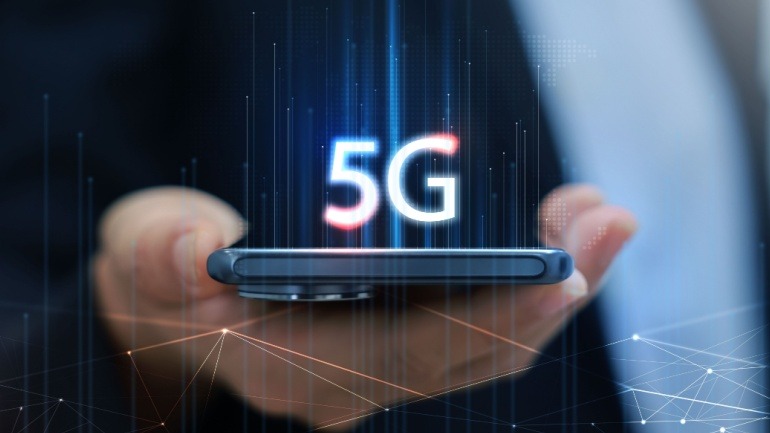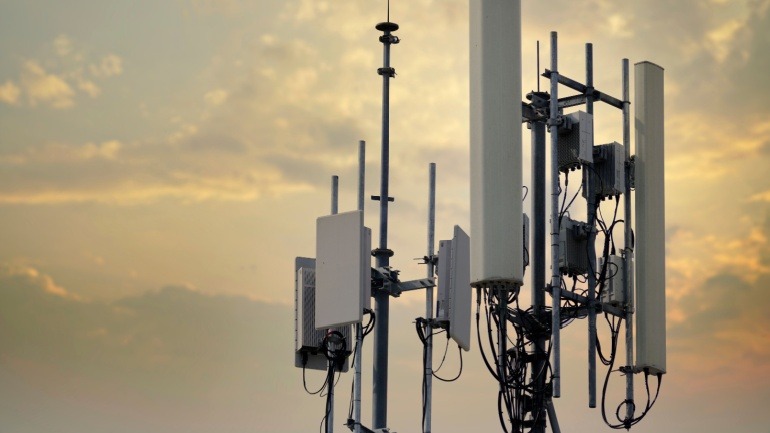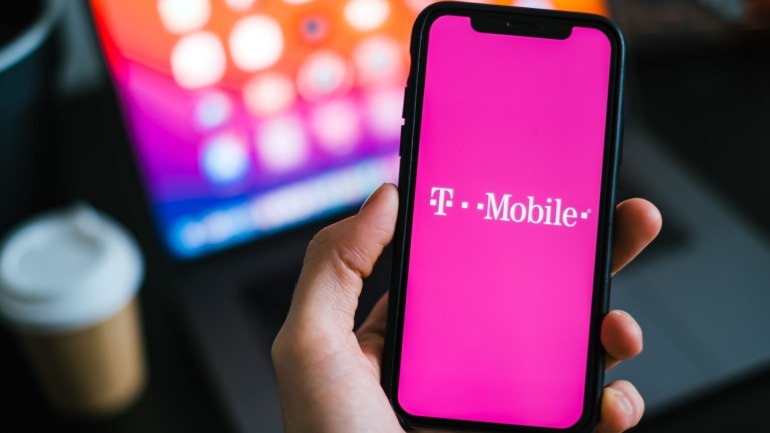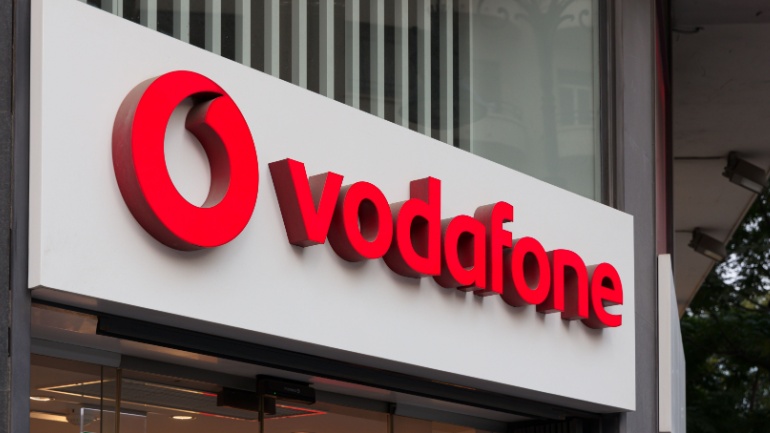Jersey Telecom’s partnership with CVC DIF to acquire Manx Telecom signifies a strategic move to bolster resources and spur innovation in the telecommunications industry. This acquisition can enhance service offerings, especially in advanced VoIP technologies and digital infrastructure. Leveraging new capital and expertise might improve connectivity and customer satisfaction.
China Telecom’s recent financial performance highlights the importance of modern VoIP solutions in today’s competitive market environment. The company’s 5% net profit increase, driven by 5G adoption, reflects the growing demand for advanced digital transformation. As 5G subscribers reach 292.4 million, the extensive penetration underscores an increasing need for enhanced VoIP services.
In an era where 4G LTE’s limitations are pronounced, federal agencies are increasingly recognizing the need for a 5G transition. 5G not only promises enhanced mobile connectivity but also supports cloud adoption and edge computing, crucial for modernizing IT infrastructure. Its speed, scalability, and security revolutionize operations, making it indispensable for modernization.
Future Technologies is making waves in the VOIP industry with its bold strategy to become North America’s top private 5G provider by 2026. Partnering with Battle Investment Group, the firm is leveraging acquisitions and equity to enhance its connectivity offerings. With a focus on industrial AI and IoT, Future Technologies commits to delivering superior VOIP solutions, positioning itself at the forefront of technological growth. This move promises significant revenue and workforce expansion, catering to enterprises seeking robust private 5G networks.
T-Mobile US is revolutionizing B2B offerings under the 5G Advanced framework, enhancing enterprise solutions with Edge Control and T-Platform. Edge Control focuses on minimizing latency, crucial for real-time business communications and IoT management. T-Platform provides comprehensive operational insights, enabling businesses to optimize performance and communication efficiencies.
As 5G networks expand, they face challenges related to energy efficiency and carbon emissions. By 2030, unchecked power consumption could represent a significant concern. Recent innovations in O-RAN energy efficiency reveal potential solutions. Collaborations have focused on reducing idle power and optimizing power amplifiers, emphasizing a greener approach for VoIP efficiency.
Vodafone’s RAN overhaul, leveraging advanced VoIP technologies for 5G services, marks a pivotal shift. By integrating carrier aggregation, AI, and Open RAN, Vodafone aims to enhance network efficiency. Vendors like Ericsson play key roles, highlighting Vodafone’s balanced strategy in the competitive telecommunications market. This digital innovation promises enhanced connectivity.
Celona, a private 5G operator, has strategically downsized its workforce by 20% due to slow market conditions and macroeconomic challenges affecting private 5G deployment. Despite these setbacks, Celona focuses on existing customers, exploring new sectors, and maintaining innovation, particularly in AI-driven platforms, to drive growth in the VOIP industry.
Vodafone’s groundbreaking 6 GHz spectrum test heralds a new era in telecommunications, illuminating the potential of doubling mobile data throughput without increased energy consumption. Utilizing MediaTek’s M90 modem, download speeds reached 2.5 Gbps. As 5G and 6G technologies expand, efficient spectrum usage becomes crucial to meet growing network demands.
Malaysia has taken a bold step into the future with the launch of YTL Communications’ 5G Advanced services. As the ninth nation to embrace this cutting-edge technology, Malaysia aims for nationwide 5G Advanced coverage by December. Leveraging Digital Nasional Berhad’s network and Ericsson’s system, YTL is revolutionizing connectivity.













